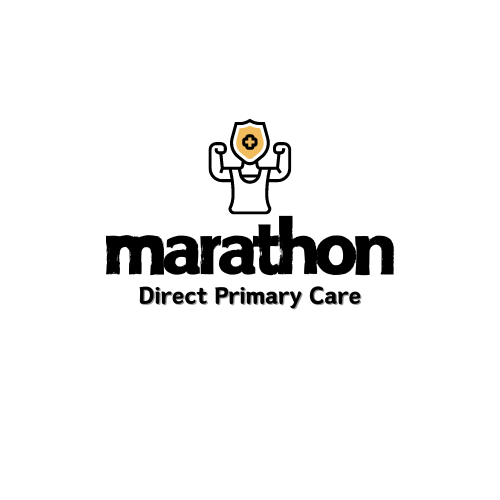Menopause is a natural transition in a woman’s life, marking the end of her reproductive years. It is officially diagnosed when a woman has gone 12 months without a menstrual period, typically occurring around age 51. However, the hormonal shifts leading to menopause, known as perimenopause, can last for years and bring a wide range of symptoms, including hot flashes, mood changes, sleep disturbances, and decreased bone density.
The decline in estrogen, progesterone, and other key hormones during menopause increases the risk for chronic conditions such as osteoporosis, cardiovascular disease, and cognitive decline. Hormone Replacement Therapy (HRT), also called Menopausal Hormone Replacement Therapy (MHRT), is a treatment option designed to alleviate these symptoms and support long-term health.
HRT primarily involves replacing hormones that decline during menopause, including estradiol, progesterone, DHEA, and testosterone. Understanding their roles can help women make informed decisions about their health.
Estradiol is the most potent and biologically active form of estrogen. In premenopausal women, it is produced primarily in the ovaries and plays a vital role in maintaining:
After menopause, 90% of a woman’s estrogen comes from the conversion of adrenal hormones (DHEA) in fat tissue, meaning estrogen levels significantly decline. HRT with bioidentical estradiol can help restore these benefits and reduce menopausal symptoms.
Progesterone is produced by the ovaries after ovulation and plays a crucial role in:
For women with a uterus, progesterone is essential in HRT to protect against endometrial cancer when taking estrogen. Women who have had a hysterectomy may not require progesterone, but it still offers benefits for sleep, mood, and bone health.
Dehydroepiandrosterone (DHEA) is an adrenal hormone that declines with age and serves as a precursor to estrogen and testosterone. Postmenopausal women produce most of their estrogen from DHEA conversion in fat tissue.
DHEA is available in oral or topical formulations, and low-dose vaginal DHEA (Intrarosa®) is FDA-approved for treating vaginal atrophy.
Testosterone is essential for women, playing a role in:
While the ovaries stop producing estrogen and progesterone after menopause, they continue to produce testosterone. However, levels decline over time, often leading to symptoms like low libido, fatigue, and reduced muscle mass.
Testosterone replacement in women is controversial but can be beneficial when carefully prescribed. It is available in cream, gel, or pellet form, but doses must be closely monitored to avoid side effects like acne, hair growth, or deepening of the voice.
The Benefits of Hormone Replacement Therapy
The North American Menopause Society (NAMS) states that HRT remains the most effective treatment for menopausal symptoms and provides long-term health benefits, particularly when started before age 60 or within 10 years of menopause onset.
✔️ Reduces hot flashes, night sweats, and mood swings
✔️ Prevents osteoporosis and fractures
✔️ Supports cardiovascular health (when started early)
✔️ Improves sleep quality and cognitive function
✔️ Maintains skin elasticity and vaginal health
✔️ May reduce the risk of type 2 diabetes
While HRT offers many benefits, there are individual risks based on age, health history, and lifestyle factors. The Women’s Health Initiative (WHI) initially raised concerns about HRT and breast cancer, but modern research has refined these risks.
⚠️ Increased risk of blood clots and stroke with oral estrogen
⚠️ Possible increased risk of breast cancer (linked to synthetic progestins, not bioidentical progesterone)
⚠️ May cause bloating, breast tenderness, or mood changes initially
To minimize risks, bioidentical, transdermal estradiol and micronized progesterone are preferred. Women with a history of breast cancer, clotting disorders, or cardiovascular disease should consult their physician before starting HRT.
✅ Women experiencing moderate to severe menopausal symptoms
✅ Those at risk for osteoporosis or fractures
✅ Women with early menopause (before 45) or surgical menopause
✅ Women with significant declines in quality of life due to hormone loss
HRT is not recommended for women with a history of hormone-sensitive cancers, untreated cardiovascular disease, or active blood clotting disorders.
Hormone replacement therapy is a powerful tool for managing menopause and improving long-term health. However, it is not one-size-fits-all. At Marathon Direct Primary Care, we specialize in personalized, bioidentical HRT protocols to help women optimize their health and longevity.
This blog post is for educational purposes only and should not be taken as medical advice. Please consult with your physician concerning any and all medical questions or issues. Marathon Direct Primary Care is accepting new members at this time. We encourage you to join our practice to receive a comprehensive medical evaluation.

Follow us on social media